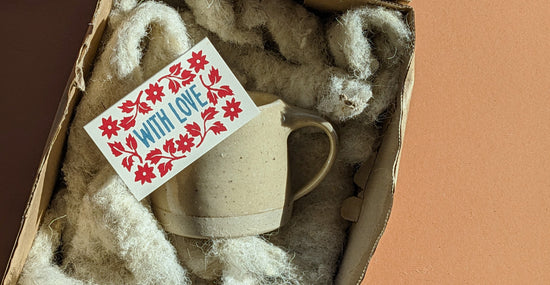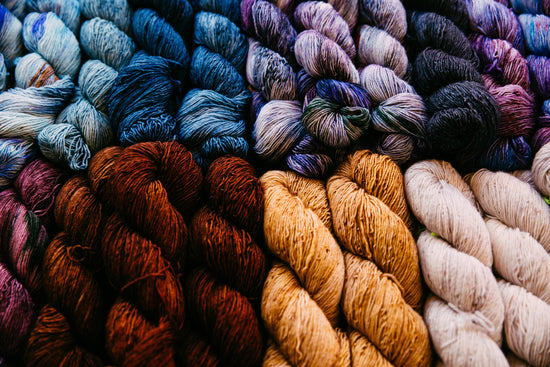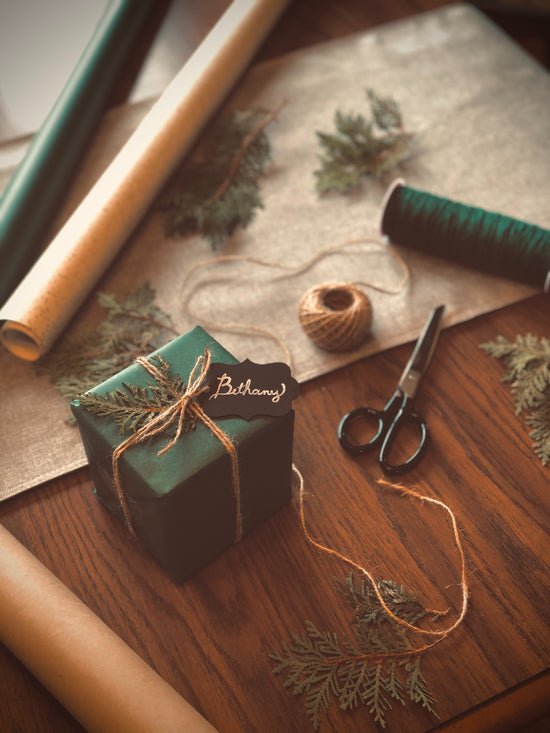Have you ever wondered - how is wool processed?
Here is a quick look at the journey that wool goes through to get sorted, cleaned and combed before it’s ready to be used. Wool processing can vary depending on what the ultimate intended use is for the wool, but there are some important steps that all wool goes through.
How wool is processed may vary across the world too. Here we’re sticking to what happens to British wool, since WoolShip sources all its wool from Britain.
The 8 steps to how wool is processed.
- Shearing
- Grading
- Selling at auction
- Scouring
- Carding
- Combing
- Spinning
- Dyeing
1. Shearing sheep
The first step is - you’ve guessed it - shearing the sheep. There are over 60 different breeds of sheep in Britain, producing around 27 million kilos of fleece every year. That’s a lot of wool to process!
Shearing is carried out normally in spring, ahead of the warmer months, when sheep have less need of their woolly coats. You can find out more about sheep shearing here.
Once the fleeces have been shorn, they are rolled into bags and loaded up for delivery.
2. Grading wool

[Image source Farmers' Weekly]
Before it is sold, wool is checked for quality and graded according to industry guidelines. The price of each individual batch of wool will depend on the grade it’s given.
All raw wool produced in Britain is graded by British Wool, who uses a series of criteria to test and determine the wool’s grade against international standards. These include:
- Colour
- Length
- Strength
- Texture
- Amount of grease
Once the wool has been sorted, fleeces of the same grade are pressed into bales of wool for storage before they are sold and delivered to the buyer.
3. Selling wool at auction
All wool produced in the UK is sold at auction by British Wool. Each lot has a certificate showing the results of its grading, as well as a sample for buyers to view. There are no banging hammers here though. The auctions take place electronically, and happen throughout the year, with bidding going up by a pence and half pence per kilo.
4. Scouring wool
Next in the wool processing journey is scouring.
Scouring wool essentially just means cleaning it. The washing process runs 6 days a week, 24 hours a day. Each fleece is washed five times in baths of detergent and hot water. This is to remove any mud, insects or plant matter that may have been entangled in the wool. But it also removes the natural grease that all wool is coated in, which can be turned into lanolin.
Lanolin is a natural product with many health benefits, so stripping it from the wool is an important part of the process. The fleeces lose almost a third of their weight once the grease is removed, and the lanolin that is produced goes on to be used in face creams, ointments and soaps.
To keep the process as eco-friendly as possible, the water is recycled over and over again, then pumped directly back to the treatment plant once a week. All the earth that is left over in the scourers goes back onto the land as fertiliser. Other dirt and fibrous waste from the manufacturers go to farms to be used as cow bedding.
Once the washing is complete, the wool is rinsed and squeezed through rollers to remove as much liquid as possible before it is dried.
5. Carding wool
The wool is now clean and dry, but still incredibly tangled and unusable. So the next step is to detangle it. First it is carded in a large carding machine. Carding machines have a series of rotating rollers with small spikes that help to separate the wool into individual fibres, dividing up chunks of wool and removing any remaining bits of hay or grass. By the time it leaves the carding machines, the wool is a long sheet of loose fibres that is easier to use.
At this stage, the processing of the wool begins to vary depending on its final destination. Wool that will be used as wool packaging needs no further processing, to keep the carbon footprint low. Equally wool for insulation would be ready to be put to use. However, wool that is going to be spun into yarn continues through several further steps, which we will look at below.
6. Combing Wool
To create a smoother, more even finish, the wool is again put through another large machine with a series of sharp teeth that brush and comb the fibres. This ensures they are all lying in the same direction. Shorter fibres are removed and longer ones smoothed into a long rope called a ‘top’. The top is then wound into a ball, ready to be spun.
Not all spun wool needs to be combed, with woollen yarn retaining its smaller fibres and a more uneven texture, as we’ll see below.
7. Spinning wool

[Image source: Really Good Yarns]
Any wool that is to be made into cloth first needs to be spun into yarn. The rope of combed wool is passed through a spinning machine that draws out the fibres further, twisting them into a long, thin thread.
The thickness of the thread can be varied according to what the end use will be. There are two different types of yarn - woollen yarn and worsted yarn - but worsted yarn is by no means the worst!
Woollen yarn contains a combination of short and long fibres and is a more uneven texture. This is used in knitwear and carpets.
Worsted yarn is instead made from long fibres only that have all been combed into the same direction. This is twisted into a far tighter, stronger yarn that is used in cloth.
8. Dyeing wool
Wool can be dyed at several different points throughout its processing. Loose stock dyeing is carried out straight after the scouring, before the wool is carded. This is more common for uses of wool that do not require the wool to be so heavily processed, such as woollen packaging.
Top dyeing is done during the worsting process, while the wool is being straightened to create strong, fine yarn made with long parallel fibres. Alternatively, yarn can be dyed once it is already spun, also known as package dyeing. This is done either in a hank or on a cone.
Using wool
Once the wool processing is complete, it’s ready to use. Wool is an incredibly versatile material that is used in multiple industries, from clothing to carpets and from packaging to insulation.
One of the things we love about wool is the fact that it is reusable. Whatever the end product, wool can be repurposed after it has served its original function. So before you throw away a woollen item, check out some of our ideas of ways to reuse wool after you are finished with it.




